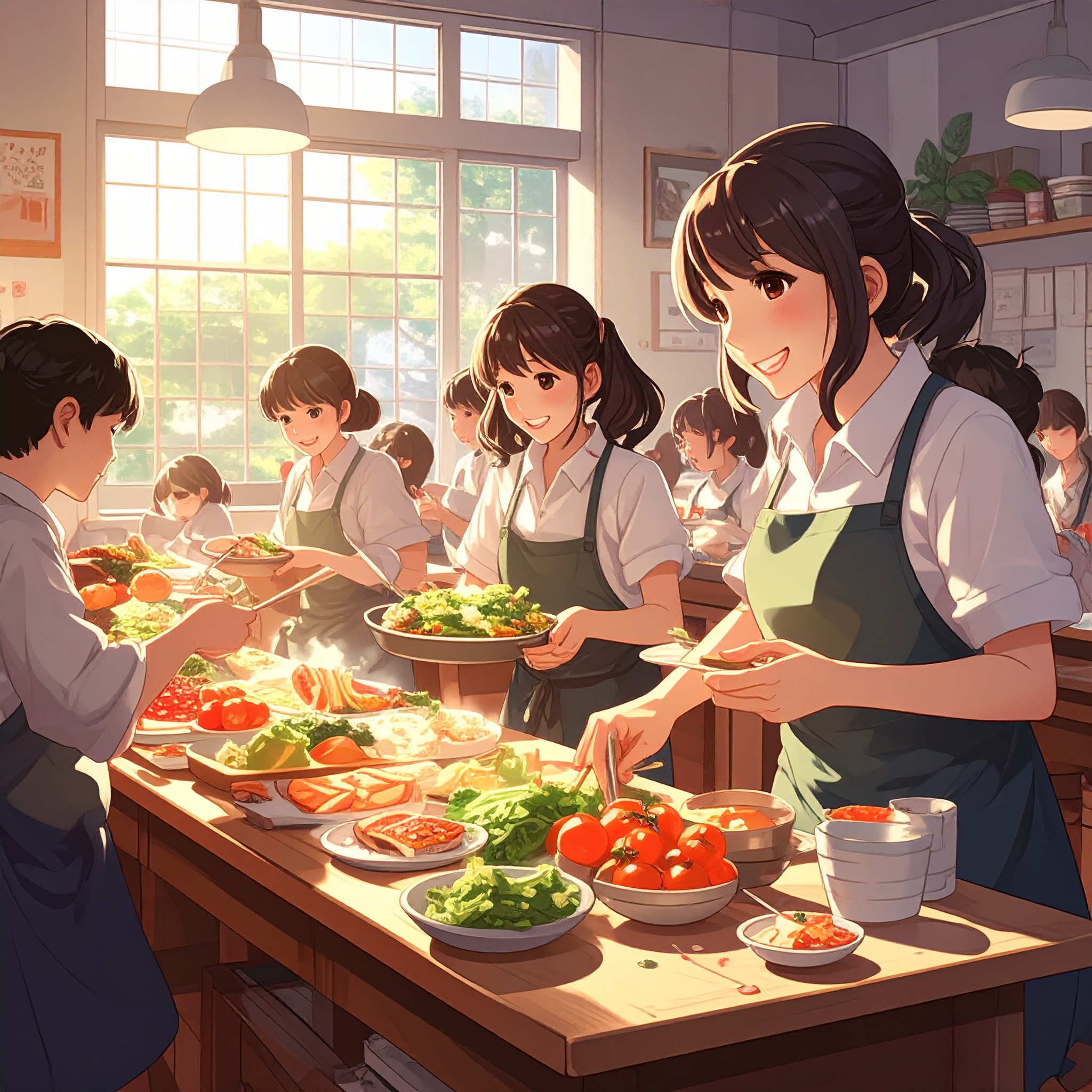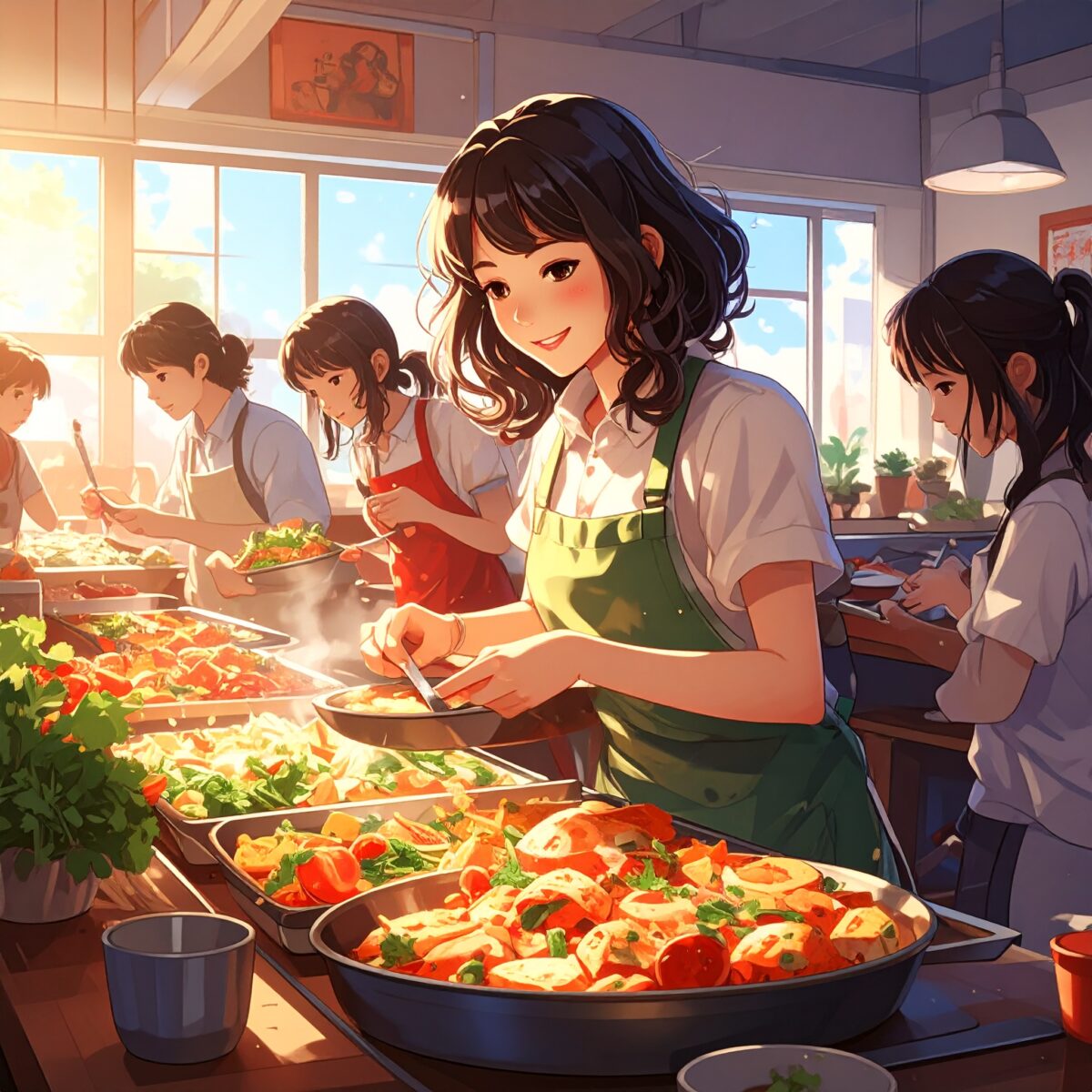In Japanese cuisine, no flavor is more fundamental—or more revered—than dashi. This clear, umami-rich broth serves as the backbone of countless dishes, from miso soup and simmered vegetables to udon and chawanmushi. Participating in a hands-on workshop exploring the secrets of dashi offers travelers an intimate encounter with the deep wisdom of Japanese home cooking and its subtle, refined flavor traditions.
Dashi is made from natural ingredients like kombu (kelp), katsuobushi (dried bonito flakes), niboshi (dried sardines), and dried shiitake mushrooms. These elements are gently simmered with close attention to time and temperature to coax out a complex, delicate flavor that cannot be replicated with artificial seasonings. In food education workshops, participants touch, smell, and work directly with these ingredients—learning to draw out their flavor through careful preparation. By experiencing how each material smells and how different combinations affect taste, one gains a deeper appreciation for the layered world of Japanese cuisine.
For many international visitors, the Japanese concept of umami—often called the “fifth taste” after sweetness, sourness, saltiness, and bitterness—is a revelation. Difficult to describe in words, its presence becomes unmistakable once experienced. These workshops often include a tasting session where guests compare various types of dashi: kombu-only, bonito-only, and a blend of both. It’s a subtle yet powerful journey for the palate.
These programs are also ideal for families. Children can participate in simple tasks like grating ingredients or placing them in water, naturally learning the foundations of cooking through hands-on engagement. Many workshops also include a chance to make miso soup or clear broth using their freshly prepared dashi, with time set aside to taste their own creations—a sensory memory that lingers long after the trip ends.

Dashi embodies what’s “unassuming yet essential” on a Japanese dining table. Valuing ingredients, avoiding unnecessary flavors, and enhancing natural essence—all reflect the Japanese aesthetic. Learning about dashi is not just mastering a cooking skill; it’s stepping into the heart of Japanese cultural values.
Some workshops even offer explanations in English or other languages and delve into the historical background and regional variations of dashi. Tasting locally harvested kombu or katsuobushi and hearing their stories deepens one’s connection to regional food culture.
When you go beyond simply eating on your journey and instead learn and make something meaningful—like dashi—you create deeper memories. A dashi-focused culinary workshop leaves a lasting impression by transforming a simple cooking activity into a cultural lesson. This experience becomes a gift that stays with both your heart and palate.




